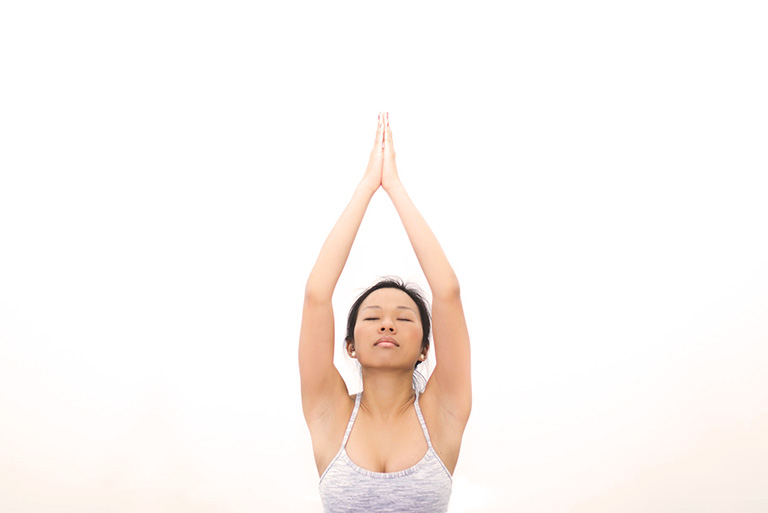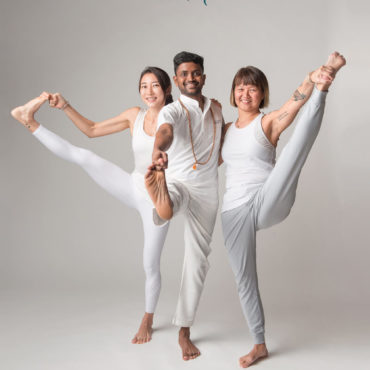Yoga and Traditional Chinese medicine (TCM) appear to be two disconnected wellness protocols with distinct origins. Yoga is believed to originate in India circa 3000 B.C., with stone-carved figures of yoga postures found in the Indus Valley depicting the original poses and practices, while TCM dates back more than 3,500 years of Chinese medical practice that includes herbal medicine, acupuncture and cupping therapy. Yet, increasingly, practitioners who marry the two are finding it effective to better help patients and clients.
“Adding TCM into your yoga practice creates the opportunity for you to observe the nuances and subtleties of your body on a deeper level. You can then use this newfound knowledge to help you move toward balance.” – Tiffany Cruikshank, founder of Yoga Medicine®
To understand why incorporating Traditional Chinese Medicine into your yoga practice can amplify your results, one first needs to understand some fundamentals of TCM. In TCM, there are twelve regular meridians which move the Qi (energy) and Blood, each represent a single organ and connects the internal (organ) to the external (exterior skin). Smooth flowing of Qi through the 12 meridians balances Yin Yang within the body and governs our body functions. On the other hand, stagnation of Qi flow in a particular meridian will result in issues of the organs and areas where the meridian passes through. Many TCM practitioners engage in Qigong practice to ensure good flow of Qi, healthy body constitutions and ultimately mind-body-soul balance.
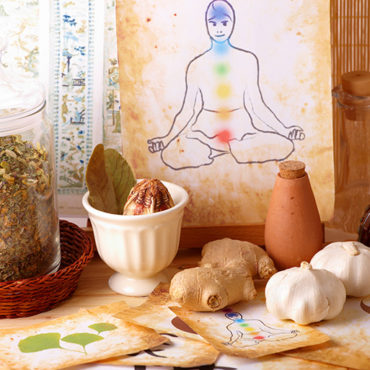
Similarly in yoga, the concept of smooth flowing energy throughout the body essential to the well-being of a yogi. Yin Yoga engages in restful, long-held postures and primarily focus on our body’s meridians.1 Through the poses, yin yoga helps to stimulate the energy pathways by targeting the meridians. When we hold each pose for longer periods of time, we are placing a stress on the fascia (connective tissues) that holds every cell in the body.2 The fibrous connective tissues are strong and springy when you are healthy, rigid and taut when we have a sedentary lifestyle.3 We can dissipate energetic stagnation by activating, squeezing and stretching our body tissues where meridians are located. Fascia, like meridians, will benefit with smooth flowing energy through it.
The twelve meridians are named after its respective associated Organ and are associated with various emotions such as fear, excitement and anger. Excessive emotions are viewed to disturb the harmony in one’s body. In TCM when we treat an organ and its respective emotions, we help to ensure good Qi flows and balance of the autonomic nervous system. This balance is critical to our holistic well-being.
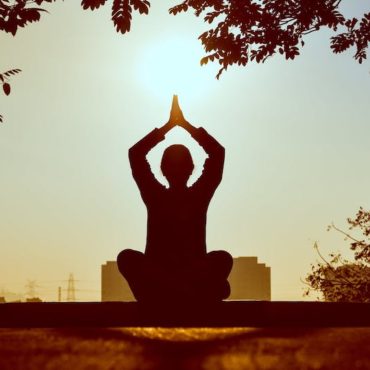
Source: www.pexels.com
In yoga practice, it is important to still our mind and body to achieve harmony in the body. Many occasions yoga instructors advise students to engage good breathing techniques as these not just help with good circulation of oxygen through the muscles, but it also has calming effects on the mind. Breath controls the body, mind, and emotions.4
In the process of calming the mind, balancing our emotions, both TCM and yoga actively utilise meditation as a key approach. Many people find it difficult to meditate as we are not used to it. Yoga postures are a great way of preparing the body for meditation, stimulating the flow of energy and balance to our spine and our mind.5 They work hand-in-hand and are interrelated to bring about higher awareness of our body and conscience. Harvard researchers have also found that meditation not only reduces stress but can produce scientifically measurable effects on the brain’s physiology.6 If you are looking for inspiration to start meditating, try reading real stories from people on their mediation journey and how it helped them.7
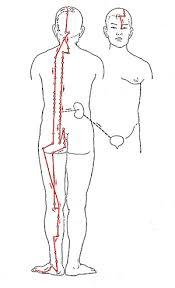
Source: Natural Health Zone
As more research goes into TCM and yoga, there will bound to be more positive benefits by blending both traditional wellness protocols together.
If you are keen to find out more about marrying Traditional Chinese Medicine with Yoga, check out our Partner Jal Yoga.
To learn more about Oriental Remedies Group, visit our homepage or contact us via Whatsapp at +65 8742 2163
Disclaimer:
The content on this page is for information and educational purposes only. Such medical information may relate to disease, injury, drugs and other treatments, medical devices and/or health products. Medical information does not amount to advice, and if advice is needed an appropriate professional help should be sought. The disclaimer asserts that no warranties or representations are given in respect of the medical information, and that the website operator should not be held liable if a user suffers any injury or loss after relying upon the medical information.

